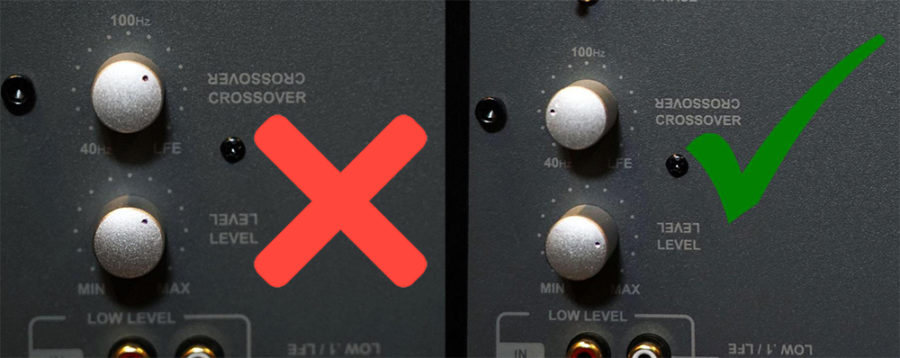First, if you like swarm, that’s fine, please start a thread somewhere else about how much you like swarm.
I want to talk about the impression that subs are fast or slow compared to planar or line sources.
The concern, and it’s correct, is that adding a subwoofer to say a Martin Logan or Magneplanar speaker will ruin the sound balance. That concern is absolutely a valid one and can happen with almost any speaker, not just speakers with tight dispersion control.
What usually happens is that the room, sub and main speakers aren’t integrating very well. Unfortunately for most audiophiles, it’s very hard to figure out exactly what is wrong without measurements or EQ capabilities in the subwoofer to help you.
So, there’s the myth of a small sub being "faster." It isn’t. It’s slower has worst distortion and lower output than a larger sub but what it does is it doesn’t go down deep enough to wake the dragons.
The biggest problems I’ve heard/seen have been excessively large peaks in the subwoofer range. Sometimes those peaks put out 20x more power into a room than the rest of the subwoofer. Think about that!! Your 1000 W sub is putting out 20,000 watts worth of power in some very narrow bands. Of course that will sound bad and muddied. The combination of sub and main speaker can also excessively accentuate the area where they meet, not to mention nulls.
A lot is made about nulls in the bass but honestly IMHO, those are the least of our worries. Of course too many of them can make the bass drop out, but in practicality is is the irregular bass response and the massive peaks that most prevent any good sub from functioning well in a room.
Bass traps are of course very useful tools to help tame peaks and nulls. They can enable EQ in ways you can’t do without it. If your main speakers are ported, plug them. Us the AM Acoustics room mode simulator to help you place your speakers and listening location.
Lastly, using a subwoofer to only fill in 20 Hz range is nonsense. Go big or go home. Use a sub at least at 60 Hz or higher. Use a single cap to create a high pass filter. Use EQ on the subwoofer at least. Get bass traps. Measure, for heaven’s sake measure and stop imagining you know a thing about your speaker or subwoofer’s response in the room because you don’t. Once that speaker arrives in the room it’s a completely different animal than it was in the showroom or in the spec sheet.
Lastly, if your room is excessively reflective, you don’t need a sub, you need more absorption. By lowering the mid-hi energy levels in a room the bass will appear like an old Spanish galleon at low tide.


